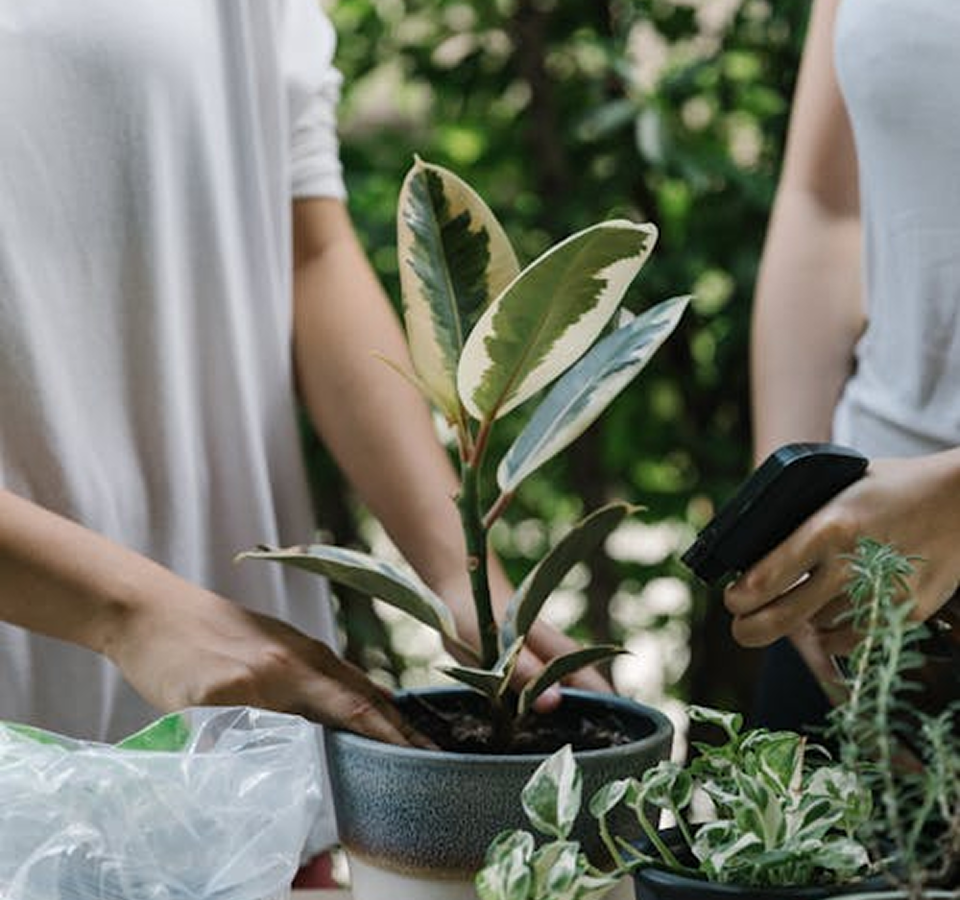Comprehensive Guide to Garden Maintenance in Sanderstead
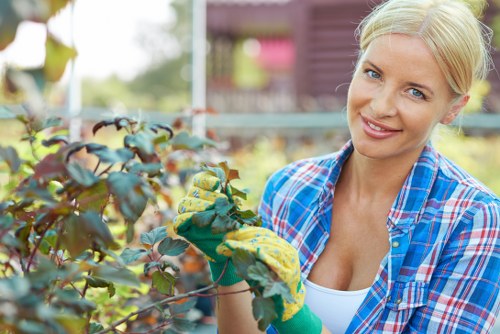
Maintaining a beautiful garden in Sanderstead requires a blend of passion, knowledge, and the right techniques. Whether you're a seasoned gardener or a beginner, understanding the specific needs of your garden can make all the difference in creating a lush, vibrant outdoor space.
**Garden Maintenance** is not just about keeping your plants alive; it's about creating an ecosystem that thrives year-round. From soil preparation to pest control, each aspect plays a crucial role in the overall health of your garden.
In this guide, we will explore the essential elements of garden maintenance in Sanderstead, providing you with actionable tips and strategies to ensure your garden remains a stunning retreat.
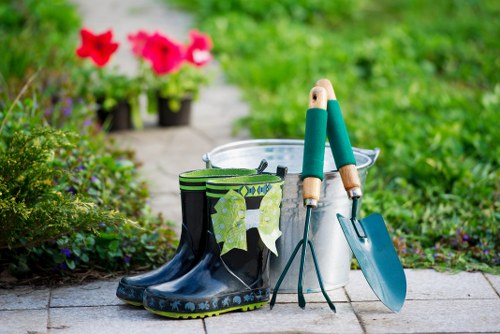
Understanding the Sanderstead Climate
Sanderstead enjoys a temperate climate, characterized by mild winters and warm summers. This climate is ideal for a wide variety of plants, but it also presents unique challenges that gardeners must navigate.
Key Climate Factors:
- Rainfall: Sanderstead receives consistent rainfall throughout the year, which benefits most plants but can lead to issues like root rot if drainage is poor.
- Temperature: Moderate temperatures reduce the stress on plants, allowing for a broader selection of species to thrive.
- SUNLIGHT: Adequate sunlight is essential for photosynthesis, but understanding the specific light requirements of your plants is crucial.
By comprehending these climate factors, you can make informed decisions about plant selection, placement, and care.
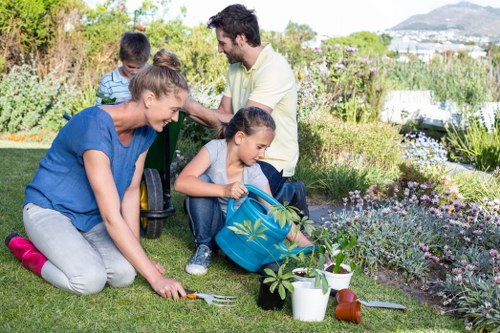
Soil Preparation and Health
The foundation of any healthy garden is its soil. In Sanderstead, preparing your soil involves understanding its composition and making necessary amendments to support plant growth.
Testing Your Soil
Before planting, conduct a soil test to determine its pH level and nutrient content. This will help you identify any deficiencies and adjust accordingly.
Amending the Soil
Depending on your soil test results, you may need to add:
- Compost: Improves soil structure and adds essential nutrients.
- Sand: Enhances drainage in clay-heavy soils.
- Organic Matter: Increases microbial activity and overall soil health.
Regularly amending your soil ensures that it remains fertile and capable of supporting diverse plant life.
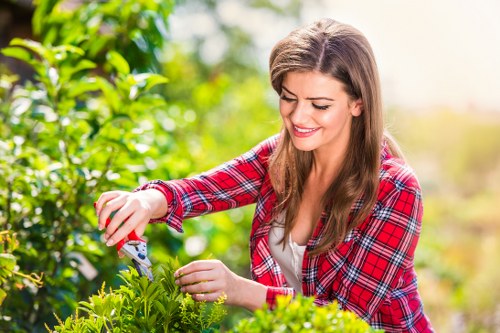
Plant Selection and Arrangement
Choosing the right plants is vital for a thriving garden. In Sanderstead, you'll find a variety of plants that flourish in the local climate.
Native Plants
Native plants are well-suited to the local environment and require less maintenance. Consider incorporating species like:
- Rhododendrons
- Holly
- Lavender
Seasonal Flowering
To ensure year-round beauty, select plants that bloom in different seasons. This not only adds visual interest but also supports local pollinators.
Arrangement Tips
When arranging plants, consider their height, color, and blooming cycle. Grouping plants with similar needs together can simplify maintenance and enhance the garden’s aesthetic appeal.

Regular Maintenance Tasks
Consistent maintenance is key to a healthy garden. Here are the essential tasks you should incorporate into your gardening routine:
Watering
Proper watering techniques prevent both underwatering and overwatering. Use drip irrigation systems to deliver water directly to the plant roots, reducing water waste and minimizing leaf diseases.
Pruning
Regular pruning encourages healthy growth and removes dead or diseased branches. It's best to prune during the dormant season to minimize stress on the plants.
Weeding
Weeds compete with your plants for nutrients and water. Regularly removing weeds ensures that your garden plants have the resources they need to thrive.
Mulching
Applying mulch helps retain soil moisture, regulate soil temperature, and suppress weed growth. Organic mulches like wood chips or straw also add nutrients to the soil as they decompose.

Pest and Disease Management
Protecting your garden from pests and diseases is essential for maintaining plant health. Implement integrated pest management (IPM) strategies to control pests effectively and sustainably.
Identifying Common Pests
Common garden pests in Sanderstead include:
- Aphids: Small insects that suck sap from plants.
- Slugs and Snails: Mollusks that can cause significant damage to foliage.
- Japanese Beetles: Known for feeding on a wide range of plants.
Organic Control Methods
Use organic methods to manage pests, such as introducing beneficial insects like ladybugs, using neem oil, or setting up physical barriers like nets and traps.
Preventive Measures
Maintain garden hygiene by removing dead plant material and rotating crops to reduce the likelihood of disease outbreaks.

Seasonal Garden Care
Different seasons require tailored maintenance approaches to keep your garden in optimal condition year-round.
Spring
Spring is the time for planting and preparing your garden for the growing season. Focus on:
- Soil testing and amendment.
- Planting new flowers and shrubs.
- Pruning deciduous trees and shrubs.
Summer
Summer maintenance focuses on watering, weeding, and controlling pests. Ensure your plants receive adequate moisture and keep an eye out for signs of stress or disease.
Autumn
Prepare your garden for winter by:
- Cleaning up fallen leaves and debris.
- Adding mulch to protect plant roots.
- Planting perennials and bulbs for spring blooming.
Winter
In winter, concentrate on protecting sensitive plants from frost, pruning dormant trees, and planning for the next gardening season.

Tools and Equipment for Effective Maintenance
Having the right tools is essential for efficient garden maintenance. Invest in quality equipment to ensure tasks are completed smoothly.
Essential Tools
- Pruning Shears: For precise cutting of branches and stems.
- Garden Fork: Useful for turning soil and aerating the ground.
- Hose and Sprinklers: For effective watering solutions.
Advanced Equipment
For larger gardens, consider investing in:
- Lawn Mowers: To keep your grass neatly trimmed.
- Compost Bins: To recycle organic waste into nutrient-rich compost.
- Power Tools: Such as hedge trimmers and leaf blowers for more intensive maintenance.
Maintenance of Tools
Regularly clean and sharpen your tools to extend their lifespan and ensure they function effectively. Proper maintenance reduces the effort needed for garden tasks and prevents damage to plants.

Eco-Friendly Garden Practices
Adopting eco-friendly practices in your garden not only benefits the environment but also promotes healthier plant growth.
Composting
Creating a compost pile recycles kitchen and garden waste into valuable fertilizer. This reduces landfill waste and enriches your soil naturally.
Water Conservation
Implement water-saving techniques such as rainwater harvesting, using drought-resistant plants, and installing efficient irrigation systems.
Natural Fertilizers
Opt for organic fertilizers like bone meal, fish emulsion, and compost tea instead of synthetic options. These provide essential nutrients without harming beneficial soil organisms.
Supporting Wildlife
Encourage biodiversity by planting native species, installing birdhouses, and creating habitats for beneficial insects. A diverse garden ecosystem can naturally control pests and improve plant health.

Hiring Professional Garden Maintenance Services
If maintaining your garden becomes overwhelming, consider hiring professional garden maintenance services in Sanderstead. Professionals bring expertise, experience, and specialized tools to ensure your garden remains pristine.
Benefits of Professional Services
- Expertise: Knowledgeable about local plant species and climate conditions.
- Time-Saving: Frees up your schedule by handling time-consuming tasks.
- Quality Results: Professional techniques ensure a high standard of garden care.
Choosing the Right Service
When selecting a garden maintenance service, consider the following:
- Experience and reputation in Sanderstead.
- Range of services offered.
- Customer reviews and testimonials.
- Pricing and service packages.
Investing in professional maintenance can enhance the beauty and longevity of your garden, allowing you to enjoy a vibrant outdoor space with minimal effort.

DIY Garden Maintenance Tips
If you prefer a hands-on approach, here are some DIY tips to keep your garden in top shape:
Regular Inspection
Inspect your plants regularly for signs of pests, diseases, or nutrient deficiencies. Early detection allows for prompt treatment and prevents larger issues.
Proper Watering Techniques
Water your garden in the early morning or late evening to reduce evaporation. Ensure that water reaches the root zone by using soaker hoses or drip irrigation systems.
Mulching
Apply a layer of mulch around your plants to conserve moisture, suppress weeds, and regulate soil temperature. Organic mulches break down over time, adding nutrients to the soil.
Pruning and Trimming
Regularly prune your plants to remove dead or diseased branches, encourage healthy growth, and maintain the desired shape and size of your plants.

Seasonal Planting Guides
Understanding when to plant different species is crucial for successful garden maintenance in Sanderstead.
Spring Planting
Plant cool-season vegetables, perennials, and bulbs in spring. This is the ideal time to establish new plants before the heat of summer sets in.
Summer Planting
Focus on planting heat-tolerant vegetables and herbs. Regularly water and mulch to protect plants from the intense summer sun.
Autumn Planting
Plant trees, shrubs, and spring-flowering bulbs in autumn. This allows plants to establish their root systems before winter.
Winter Planting
Use the winter months to plan your garden, order seeds, and perform maintenance tasks like pruning and soil preparation.

Creating a Sustainable Garden
Adopting sustainable practices ensures that your garden remains healthy and productive for years to come.
Permaculture Principles
Design your garden based on permaculture principles, which focus on creating self-sustaining ecosystems that require minimal intervention.
Rain Gardens
Install rain gardens to manage stormwater runoff, reduce erosion, and provide habitat for wildlife. These gardens use native plants to absorb excess water naturally.
Energy Efficiency
Use solar-powered garden lights and energy-efficient irrigation systems to reduce your garden's carbon footprint.
Recycling and Upcycling
Repurpose materials like old containers, pallets, and tires to create unique garden features. This not only reduces waste but also adds character to your garden.

Enhancing Garden Aesthetics
Aesthetics play a significant role in the appeal of your garden. Here are some tips to enhance its beauty:
Color Coordination
Select plants with complementary colors to create a harmonious and visually appealing garden. Consider the color scheme for different seasons to ensure year-round vibrancy.
Garden Structures
Add structures like pergolas, trellises, or arbors to provide support for climbing plants and create focal points in your garden.
Pathways and Borders
Create defined pathways and borders using materials like gravel, stone, or wood. This not only enhances the garden's structure but also facilitates easy navigation and maintenance.
Water Features
Incorporate water features such as fountains, ponds, or birdbaths to add tranquility and attract wildlife to your garden.

Lighting and Irrigation Solutions
Proper lighting and irrigation are essential for a functional and beautiful garden.
Garden Lighting
Install outdoor lighting to highlight garden features, provide safety, and extend the usability of your garden into the evening hours.
- LED Lights: Energy-efficient and long-lasting options for illuminating pathways and plant beds.
- Solar Lights: Eco-friendly choices that harness solar energy for illumination.
- String Lights: Perfect for creating a cozy and inviting atmosphere in seating areas.
Irrigation Systems
Invest in efficient irrigation systems to ensure your plants receive consistent and adequate water. Options include:
- Drip Irrigation: Delivers water directly to the plant roots, minimizing evaporation and runoff.
- Sprinkler Systems: Ideal for covering larger areas and ensuring even water distribution.
- Smart Irrigation: Utilize technology to automate watering schedules based on weather conditions and soil moisture levels.
Maintenance of Systems
Regularly inspect and maintain your lighting and irrigation systems to ensure they function effectively and efficiently throughout the year.

Community and Resources in Sanderstead
Being part of the Sanderstead community offers numerous resources and opportunities to enhance your garden maintenance efforts.
Local Gardening Clubs
Join local gardening clubs to connect with fellow enthusiasts, share tips, and participate in community projects. These clubs often host workshops, plant exchanges, and garden tours.
Garden Centers and Nurseries
Visit local garden centers and nurseries for a wide selection of plants, tools, and expert advice. Staff can provide insights into the best plants for Sanderstead’s climate and soil conditions.
Workshops and Classes
Participate in gardening workshops and classes offered by local organizations. These educational opportunities can expand your knowledge and introduce you to new gardening techniques.
Online Resources
Utilize online forums, websites, and social media groups dedicated to gardening in Sanderstead. These platforms are valuable for troubleshooting, inspiration, and staying updated on gardening trends.

Conclusion
Maintaining a garden in Sanderstead is a rewarding endeavor that combines beauty, sustainability, and personal satisfaction. By understanding the local climate, preparing your soil, selecting the right plants, and implementing effective maintenance practices, you can create a thriving garden that enhances your outdoor living space.
Whether you choose to handle maintenance tasks yourself or enlist the help of professional services, the key to success lies in consistent care and a deep appreciation for your garden’s unique needs.
**Ready to transform your garden into a stunning oasis? Contact us today or book your garden maintenance service now to get started!**
